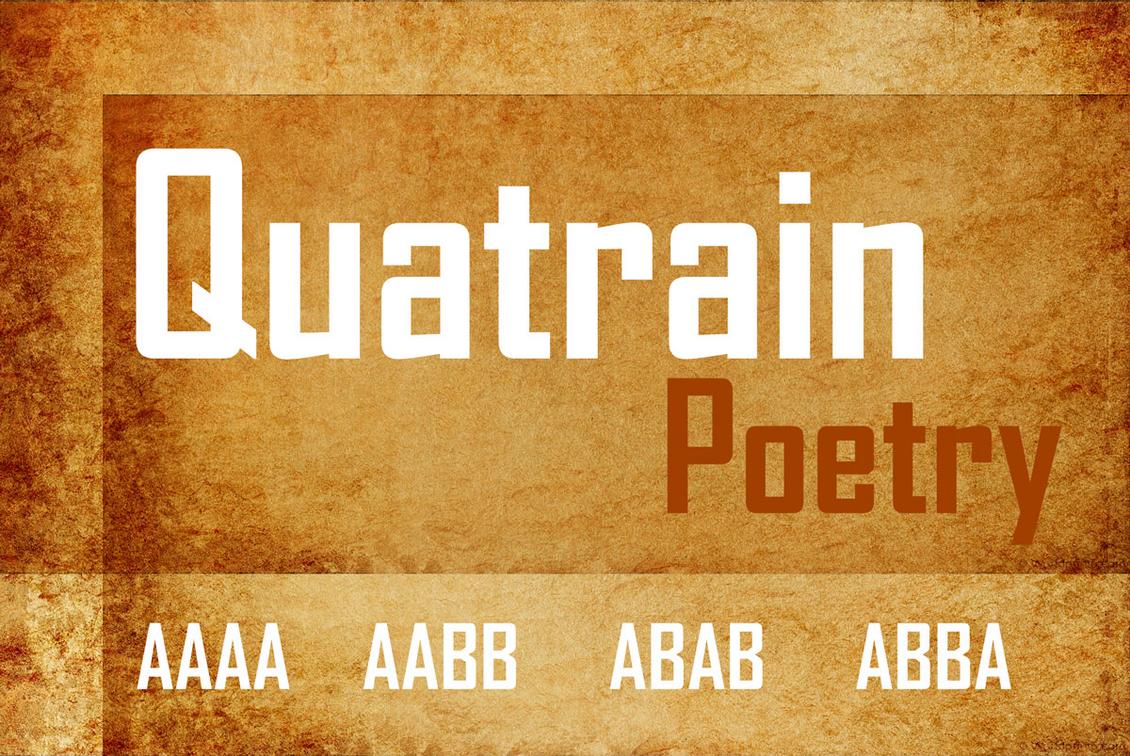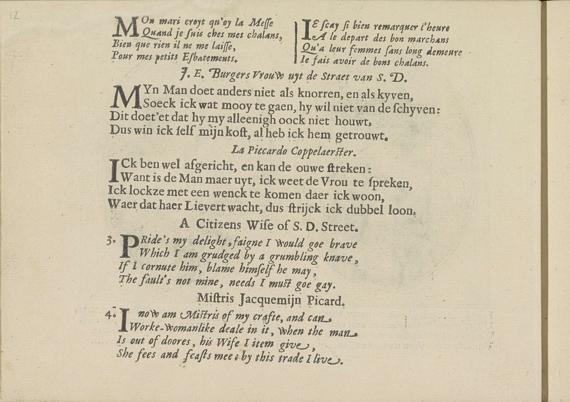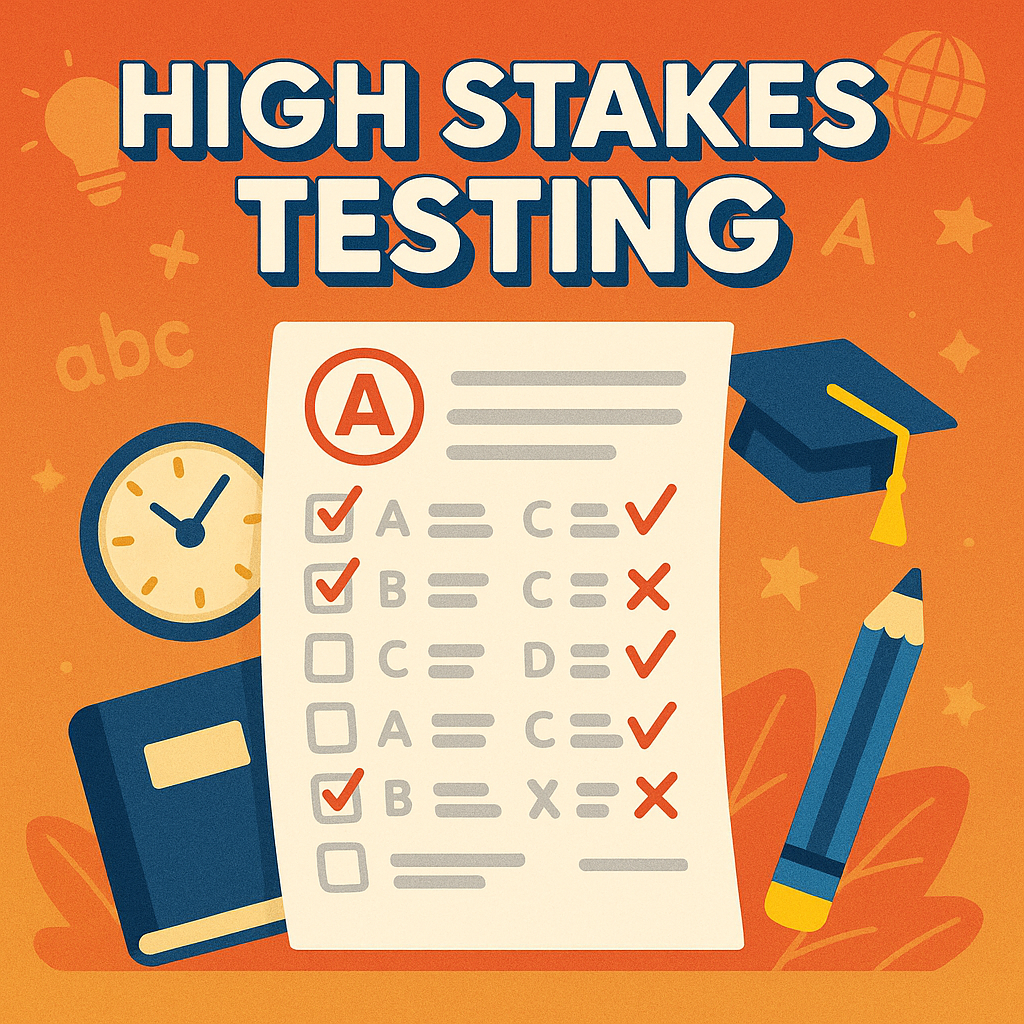
JAKARTA, inca.ac.id – Quatrain: A Four-Line Stanza in Poetry. Sounds a bit textbook-ish, right? But trust me, if you’re even slightly into writing, reading, or just want to jazz up your IG captions, this is the poetry building block you’ll love messing around with. I stumbled onto quatrains back in high school—totally by accident, actually, because I was just hunting for the shortest way to finish an English assignment. Turns out, this tiny stanza packs a punch!
What Is a Quatrain, Really? Let’s Break It Down!

So, a quatrain is literally just four lines of poetry grouped together. That’s it—four lines, one stanza. It can rhyme, it can go rogue and not rhyme, or play with that ABAB, AABB, or even ABCB pattern (don’t let the letters scare you).
I used to think quatrains had to be deep, Shakespeare-level stuff (spoiler: they don’t). Turns out, poets have used them to write about heartbreak, joy, pizza cravings, you name it. The structure’s super flexible—you could take any mood and vibe with it. Sometimes, less really is more. All about that poetry snack instead of a full meal.
Why I Love Writing Quatrains—and Where I Messed Up
Confession time: my first attempt was a total cringe-fest. I was rhyming “love” with “dove” just because it fit. Looking back, I laugh at how forced and cheesy it was. But hey, that’s totally normal! Most people start shaky. If you ever tried squeezing big thoughts into just four lines and felt stuck, same here.
The trick I discovered? Focus on a single moment or image. Poetry isn’t about cramming in a bunch of fancy words—it’s about sparking a feeling. Even now, when I write quatrains, I zero in on a tiny detail: the smell of morning rain, the beat of Jakarta traffic, or the taste of my coffee. Four lines, one vibe. Give that a shot, and you’ll see your writing breathe.
Famous Quatrains and What We Can Steal From Them
Alright, let’s name-drop for a sec. Shakespeare loved quatrains (sonnets, hello), as did Emily Dickinson—her stuff is basically iconic four-liners, over and over.
Why am I showing you this? Not to intimidate! It’s a reminder that the quatrain is this go-to shape that’s been around for centuries. It gives you enough room to build an idea, and just when your reader’s into it—boom, you’re done. If you want to practice poetry, quatrains are like the training wheels that don’t actually slow you down—they keep your creative ride smooth and focused.
How to Nail the Quatrain: Handy Tips From Someone Who’s Goofed a Lot
Here’s where my own “Knowledge” of quatrains (earned the hard way!) comes in. First, start with a theme. Every time I try to write without a theme, it ends up vague or meandering. Ask yourself: what do I want to say in just four lines? Then, let loose.
Second, rhyme is cool but not a must. Some days, when my brain’s too fried to rhyme, I just write out an image-heavy four-liner with no end rhyme at all. Actually, ABAB is my usual jam—it’s punchy and easy on the ears.
If you want to up your game, record yourself reading your quatrain aloud. If it sounds clunky or stumbles, it probably needs tweaking. Pro tip: sometimes I swap out words just because they sound cooler or fit the rhythm better. Don’t get stuck thinking poetry is supposed to be perfect—it’s meant to MOVE people. That’s actually what gets you noticed, not some fancy vocabulary.
Common Mistakes: Been There, Done That
Biggest mistake? Overthinking it. I used to try stuffing huge concepts into one tiny stanza, and it always ended up sounding forced or pretentious. Just relax—sometimes simplicity hits the hardest.
Another common flub: making every line the same length. It’s ok to mix it up! Vary your syllables, break a line early if it feels right. Poetry flows better when it’s less robotic. Oh yeah, and watch out for cliches. If it feels like you’ve read it a million times, skip it or flip it on its head.
Quatrains in Pop Culture—Yep, They’re There!
You ever bump into song lyrics or rap verses that are basically four lines, and they stick with you all day? That’s quatrain magic at work, even if you don’t realize it. A lot of billboard hits sneak those four-line patterns into their structure, so if you want inspiration, look at your playlist!
I remember trying to mimic lyrics from Tulus and Pamungkas, turning my emotions into quatrains. It’s wild how much sharing a poem or lyric like that can connect people. You don’t have to be a “published poet” to make stuff that hits home—sometimes a WhatsApp four-liner can change someone’s day.
My Go-To Quatrain Formula (And Why You Should Totally Steal It)
If you want a starter formula, here’s mine: Line 1 – set the mood, Line 2 – add some action, Line 3 – twist or contradiction, Line 4 – wrap it up with a punch or surprise (mic drop style). Super simple, and it gets easier after a few tries.
Seriously, try this today with something in your life: your lunch, your office commute, your hopes for the weekend. You’ll find your own flow, and your voice will come through way stronger than if you keep aiming for “perfect.”
Quick Stats & Some Nerdy Fun
Did you know the quatrain is one of the most popular stanza forms worldwide? According to literary studies, roughly 80% of classic and contemporary song lyrics use some variant of a four-line structure. That’s a huge slice of the Knowledge pie, right?
Even in Indonesia, from Gurindam to Pantun, four-line wisdom pops up everywhere. That local connection makes it all the more fun to experiment with quatrains in both English and Bahasa.
Final Thoughts: Start Small, Share Big
If you’ve read this far, I genuinely hope you give quatrains a try. I’ve messed up more drafts than I can count, but every now and then, magic happens in those four little lines. Don’t stress about being Shakespeare—just say something real and keep it short!
Next time you’re staring at a blank page, remember: four lines, one punch. Let your voice in. If you create a killer quatrain, hit me up—I’d love to read it. Who knows, you might surprise even yourself!
Read also about National Endowment to explore how government-funded programs support the arts, humanities, and public initiatives that enrich cultural life and promote education.
#creative writing #English Literature #Four-Line Stanza #Poems #poetry #Quatrain #Stanza #Writing Tips







